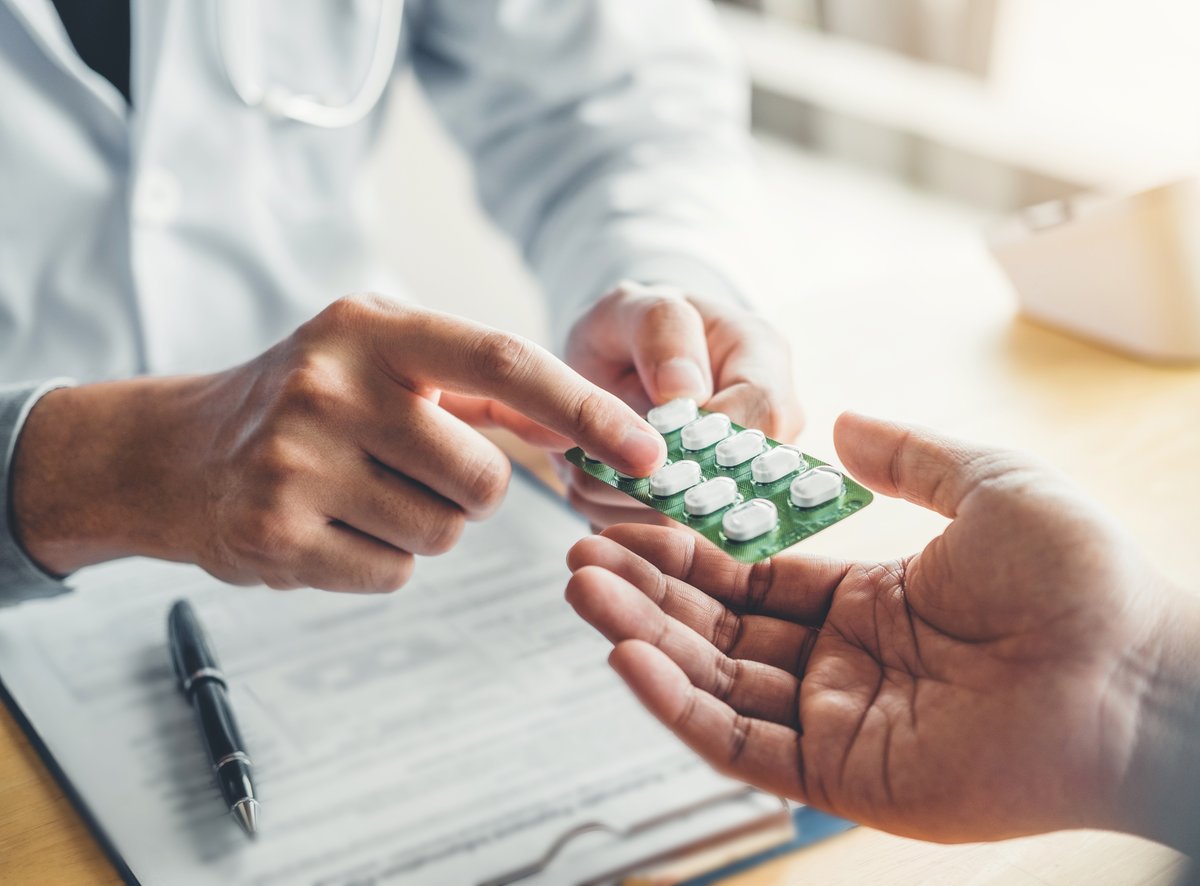
In new guidelines released Tuesday, U.S. health officials now recommend that certain people take the antibiotic doxycycline as a morning-after pill to lower the risk of some sexually transmitted diseases (STDs).
The latest recommendations only apply to gay and bisexual men and transgender women who have had an STD in the past year and are at high risk of getting infected again. While past research has shown that doxycycline works for those populations, there’s not enough evidence to recommend the preventive treatment, known as doxy PEP, for all American adults, the U.S. Centers for Disease Control and Prevention noted.
The new guidelines were published in the CDC publication Morbidity and Mortality Weekly Report.
CDC officials stressed that better ways to slow the spread of STDs are needed.
“No vaccines and few chemoprophylaxis options exist for the prevention of bacterial sexually transmitted infections… [specifically syphilis, chlamydia, and gonorrhea]. These infections have increased in the United States and disproportionately affect gay, bisexual and other men who have sex with men [MSM] and transgender women,” wrote researchers led by Laura Bachmann, chief medical officer of the CDC’s Division of STD Prevention.
“In three large randomized controlled trials, 200 [milligrams] mg of doxycycline taken within 72 hours after sex has been shown to reduce syphilis and chlamydia infections by >70% and gonococcal infections by approximately 50%,” they added.
When appropriate, doctors can write a prescription for one dose of 200 milligrams of doxycycline to be taken within three days of unprotected sex, the CDC said in the new guidelines.
At least one city has already adopted the practice and seen striking results.
In October 2022, the San Francisco Department of Public Health began recommending doxy-PEP for gay and bisexual men and transgender women.
In research then conducted in that city and presented at a medical meeting in March, just one dose of doxycycline taken after sex halved the number of chlamydia and syphilis cases.
“It’s not subtle, it is very fast and we’re seeing the beginning of it, not the end,” researcher Dr. Hyman Scott, medical director at the San Francisco Department of Public Health, told the New York Times when the research was presented. “This is what we want for STI prevention.”
More information
The CDC has more on STDs.
SOURCE: Morbidity and Mortality Weekly Report, June 6, 2024; New York Times
Source: HealthDay
Copyright © 2025 HealthDay. All rights reserved.

Leave a Reply